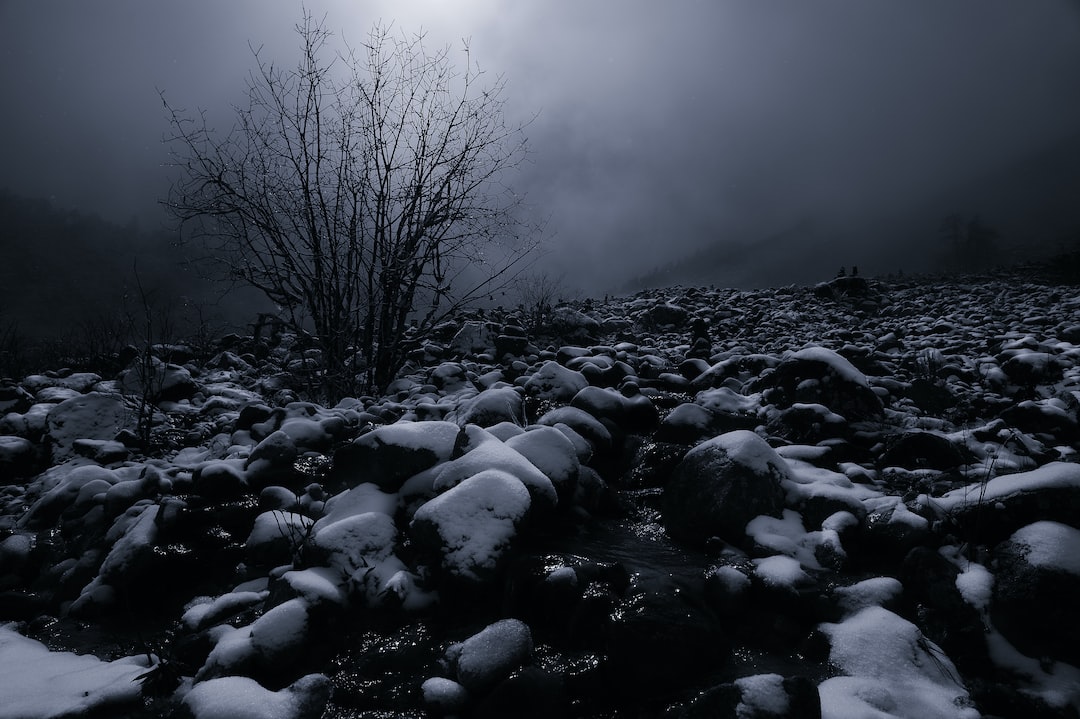The concept of spirits has fascinated humanity for centuries. These otherworldly entities, often associated with the supernatural, have been the subject of countless myths, legends, and religious beliefs across cultures and civilizations. Throughout history, humans have sought to decipher their mysterious nature and unravel the secrets that lie beyond the veil. In this blog post, we will delve into the world of spirits, examining their diverse forms, cultural contexts, and the role they play in our collective imagination.
Spirits can manifest in various forms, ranging from benevolent protectors to malevolent entities. In many ancient traditions, spirits are believed to inhabit natural elements such as trees, rivers, mountains, and even celestial bodies like the sun and moon. They are imbued with the power to influence human lives, either through granting blessings and good fortune or causing misfortune and chaos. It is no wonder that reverence and fear often coexist in our perception of these beings.
An important aspect of spirits is their connection to ancestral worship and reverence. Across different cultures, the belief in ancestral spirits is deeply ingrained, with rituals and ceremonies dedicated to paying homage to deceased relatives. These spirits are thought to retain their individual identities and actively participate in the lives of their living descendants. In many societies, their guidance, protection, and blessings are sought during important events such as births, weddings, and harvests.
Furthermore, spirits are prominent figures in folklore and mythology, weaving captivating tales that reflect important cultural values and beliefs. From the trickster spirits of Native American folklore to the mischievous fairies of Irish mythology, spirits often serve as powerful archetypes in storytelling. These narratives not only entertain but also serve as vehicles for passing down moral lessons, cultural heritage, and a sense of connection to the supernatural world.
In Islamic folklore, the belief in jinns, supernatural beings created from smokeless fire, is deeply entrenched. Jinns are believed to possess free will and coexist alongside humans, albeit in an unseen realm. These spirits can interact with humans, either aiding or hindering them, depending on their intentions and inclinations. The stories of jinns have been passed down through generations, adding an air of mystery to the Islamic cultural landscape.
Spirits have also found their way into popular culture, becoming central figures in literature, film, and art. From Shakespeare’s mischievous spirit, Puck, in “A Midsummer Night’s Dream,” to the terrifying ghosts haunting the halls of the Overlook Hotel in Stephen King’s “The Shining,” spirits have captivated our imagination in various forms. They serve as symbols of our deepest fears, desires, and untapped potentials, giving birth to countless iconic characters and narratives that continue to resonate with audiences worldwide.
While spirits are often associated with the supernatural, it is essential to recognize their cultural significance and the role they play in shaping our understanding of the world. Whether viewed as divine messengers, guardians of nature, or echoes of our ancestors, spirits form an integral part of human experience, tapping into our collective need for connection and transcendence. They remind us of the vast, unseen realms that exist beyond our mundane existence, inviting us to contemplate the mysteries that lie just beyond the boundaries of our perception.





